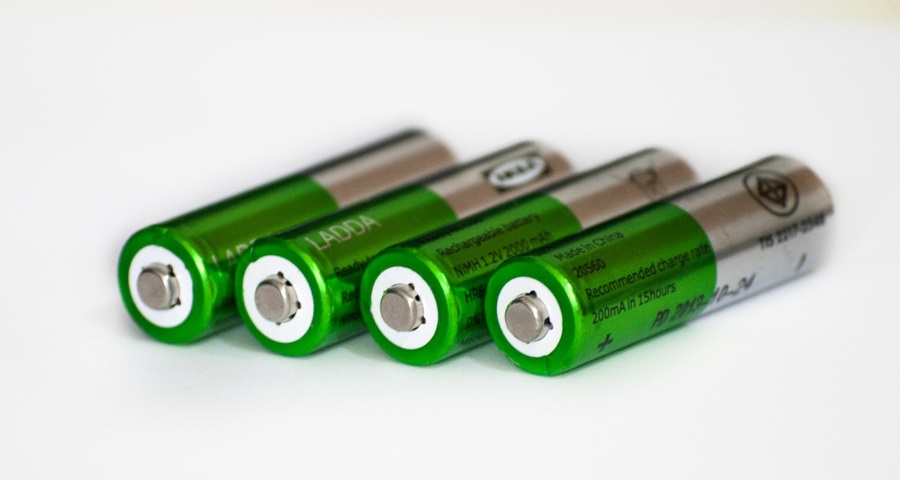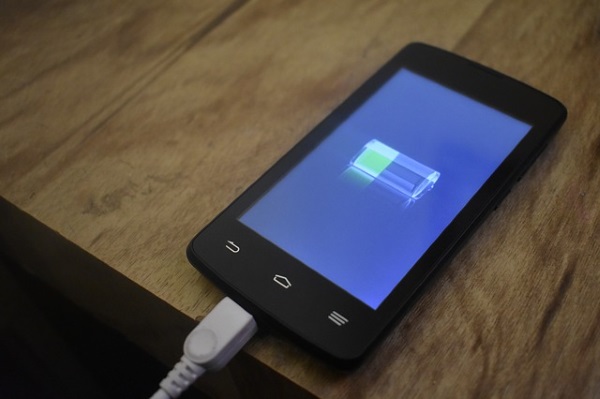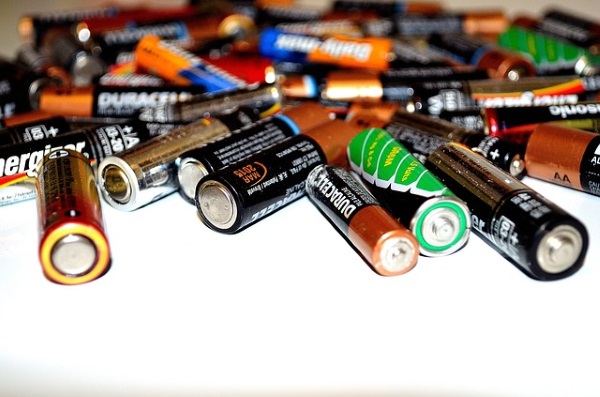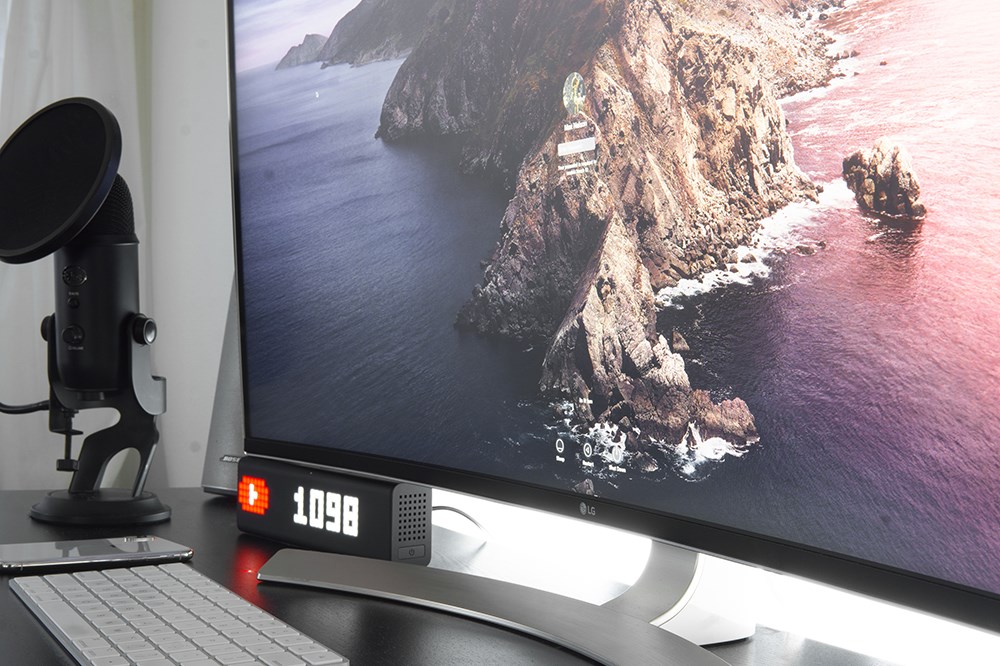What Does mAh mean for Batteries?

Batteries are everywhere. In our phones, laptops, tablets, remote controls and most other portable devices. Some are removable and some are not. Some are rechargeable and some are not. Aside from the size, AA, AAA and so on, there is one common measure used in battery technology, mAh. What does mAh mean for batteries?
Thanks to a friend who works for a well known battery manufacturer I now know more than I ever wanted to know about battery technology. By the end of this tutorial, you will too.

What does mAh mean?
When you see ‘mAh’ on the side of a battery, you’re looking at a small battery. Larger batteries are measured in Ah, ampere hours.
The mAh is the abbreviation for milliampere hour which is a measurement of energy stored in a battery. Specifically, it measures the amount of energy that provides one milliampere of current for one hour. This is known as Peukert’s Law
The one thing to remember is that this is a measurement of power over time not maximum power available. Power draw is controlled by the device and not the battery and the two are usually matched to deliver a decent operating time between charges combined with adequate power for the device.
A low power device that requires only 100mAh will last five times longer than a device that requires 500mAh. For example, say your cell phone requires 100 milliamps to run. A lithium-ion cell phone battery of 2500mAh could power the phone for 25 hours or 250 milliampere for 10 hours depending on how you use the phone. This is why a cell phone will last much longer between charges if you don’t use it and require more frequent charging when you do use it.
Let’s look at a couple of examples:
My Samsung Galaxy S9 has a battery capacity of 3000mAh. According to Samsung, it can play an MP3 for up to 80 hours. That means it draws 37.5mAh for playback as 3000 /80 = 37.5.
An iPhone X has a 2716mAh battery. According to Apple, it can playback for up to 60 hours between charging. That means it draws approximately 45.2mAh to play audio.
If you know the approximate battery life for a given task and you know the size of the battery you can fairly accurately predict how much power it requires. As you can see from those two examples, not only is the iPhone battery smaller but power drain is higher when playing an MP3.
The more you ask your phone to do, the more power it requires to perform those tasks. That’s why video playback is only 16 hours on the S9 and 13 hours on the iPhone X. Not only has the phone got to play back audio but video too which means driving the screen which is the most power-hungry element of any phone.
It isn’t just about cellphones though. All battery powered devices will have the same requirements.

Calculating mAh requirements
If you have a cell phone or device with a removable battery and need to replace it, all other things being equal, the higher the mAh rating the longer time between charges. As long as the battery is fully compatible, has been obtained from a reputable seller and is authorized by the device manufacturer, your only real decision is the mAh rating.
In our example above, a 2500mAh battery can theoretically power a phone for up to 25 hours on low draw. That assumes you’re not doing much with the phone. If you’re replacing the battery and you have the option of a 2500, 3500 or 4000mAh battery that are fully compatible, bigger is always better.
Remember, the mAh is the measure of energy potential over time and not available power that can be delivered. The other thing to remember about larger capacity batteries is that they can take longer to charge. The more energy storage potential a battery has the more charging it takes to maximize that potential.
Battery size vs capacity
The term ‘battery size’ is often used, incorrectly, to describe battery capacity. The battery has to be of a standard size to fit into the device but the capacity within that battery can differ. Energy is stored in cells within a battery. Low capacity batteries have the least cells, normal batteries have more cells and high capacity batteries have the most cells.
In each cells is the chemical mix that allows the battery to store energy. The more cells, the denser and therefore, heavier the battery. Some high capacity batteries are unsuitable for some devices as they would make them too heavy.
So there you have it. More information that you probably ever wanted, including what mAh means for batteries. I hope it helps somehow!

















4 thoughts on “What Does mAh mean for Batteries?”